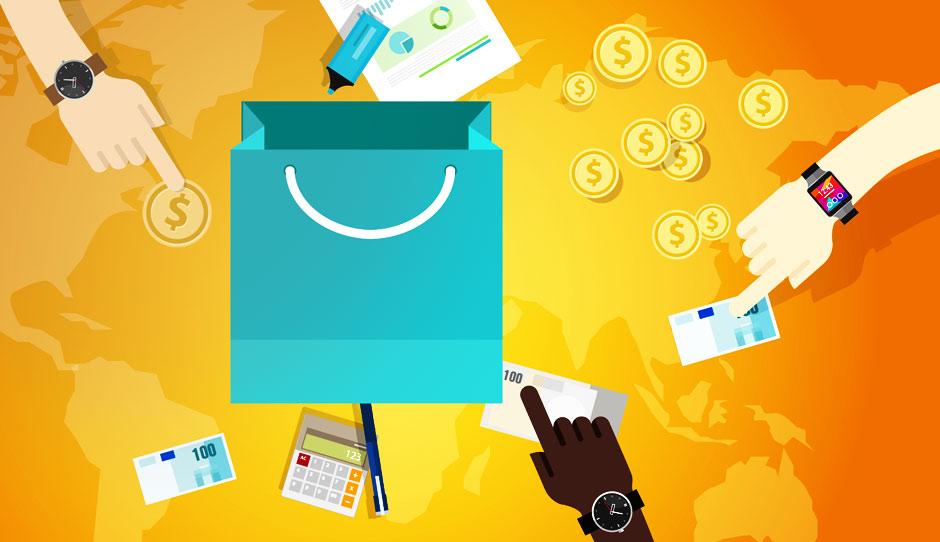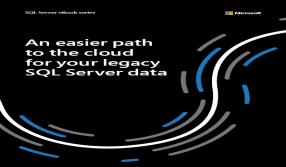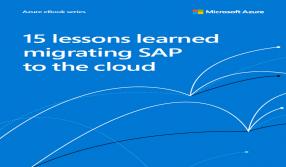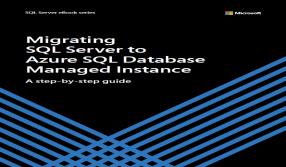How To Make Different Pricing Strategies Work
- BY Charu Bahri
 In Manage & Grow
In Manage & Grow 1463
1463 0
0

Pricing a product too high can scare away prospective customers. Pricing it too low can adversely impact your bottom line, and even keep away customers who may see your offering as inferior. Follow this guide to selling to price conscious Indians, a huge challenge.
Cost-plus pricing
Tot up your direct costs and overheads, add a reasonable (read: industry average) profit margin, divide that total by your projected sales in units and voila! You have a price for your product or service.
Over and above this base, remember that customers happily shell out more for convenience (such as doorstep delivery) or exclusivity (one-of-a-kind products, customised services).
Customers also loosen their purse strings for products of higher perceived value vis-à-vis the alternatives. That is why premium products and services usually enjoy higher margins. Obviously, the superior aspects must clearly come through; these can be after-service, quality, ambience and exclusivity.
Market-driven cost-plus pricing involves comparing your prices with the market, and marking down your offering vis-à-vis the competition to gain a price advantage. If this completely erodes your margins,
rethink your business model.
“We provide sellers market intelligence on the pricing of similar products on our site and elsewhere,” says Rajat Garg, founder at Shimply.com, an online seller of authentic Indian heritage products. “Competitive prices help attract customers.”
Tiered pricing
Tiered pricing involves offering customers quantity discounts to spur consumption. It applies to product and service categories where customers can use more than one unit.
Tiered pricing allows you to cater to retail as well as wholesale customers.
IGP.com, a gifting portal, has adopted tiered pricing to maximise its customer reach.
“Our pricing is driven by market dynamics, in that our charges are based on the prices of alternative solutions, and on customers’ interest in products and services,” says Tarun Joshi, mentor, IGP.com.
In subscription pricing, customers subscribe for a certain quantity or level of a product or service respectively. To that extent it is somewhat a variant of tiered pricing with the added advantage of customer lock-in.
As an example, Tea Box, an online seller of curated teas, offers customers three monthly subscription options: Tea Lover Plan, Tea Avid Plan and Tea Enthusiast Plan offering 80gm, 150gm and 300gm of tea respectively, personalised to the customers’ taste.
Subscription pricing is a good way to attract customers with limited budgets, and gradually grow their purchase basket.
To make subscription pricing work, carefully monitor customers’ engagement levels to encourage engaged customers to buy more, and take pre-emptive action to hold on to customers who show the early signs of opting out.
Freemium pricing
Fremium pricing involves offering a base model of your product or service for free, and a variety of paid upgrades. Dropbox and LinkedIn are good examples.
The secret to fremium pricing success is to offer enough meat in the free version to give potential (paid) customers a taste of your offering, and sufficient toppings in the paid-for version to entice conversions.
Innovative permutations of freemium pricing can help acquire customers. SpiderG, an online platform for businesses to connect with their suppliers and customers, allows one user per company complete access to all of its features free for lifetime, in the hope that that user will direct more traffic their way.
“Free satisfied users act as product evangelists as they engage in word of mouth publicity,” opines Prakash Nair, Co-Founder & COO, SpiderG.
Another application of freemium pricing is as a marketing tool. “Distributing free product samples can entice customers to try new products. Samples bearing the brand’s logo can help create awareness among prospective customers,” suggests Garg.
“Freemium pricing works best as a customer attraction tool when the target market clearly perceives the value of the offering, and is therefore willing to pay for the product after ensuring it meets their needs,” says Joshi.
Freemium pricing is well suited to situations where the customer sign-up process can be automated. Human touch points impose a recurring cost on the business, and put pressure on pricing and sales.
“If you can achieve touchless conversion, your provisioning cost to onboard a new customer stays low; that’s when freemium pricing makes sense to help acquire customers,” says Garg.
A variant of the freemium model involves offering the base component for a very low price, not for free, because the business stands to gain on subsequent consumable sales. Printers are a good example. Most companies make money on the ink.
Keep it simple
Whatever strategy you choose, keep it simple. Too many tier slabs, conditional discounts, variable pricing sans justification, biased quantity discounts, hidden installation costs, and other unfair practices invariably lead to customer dissatisfaction and loss of business.












Add new comment